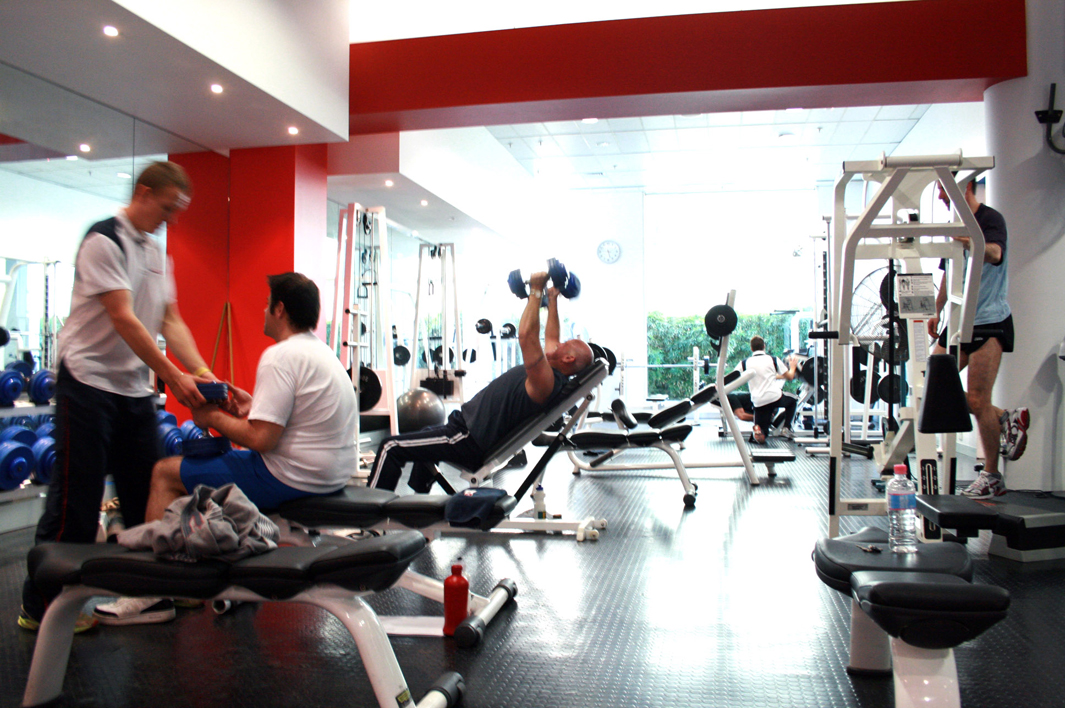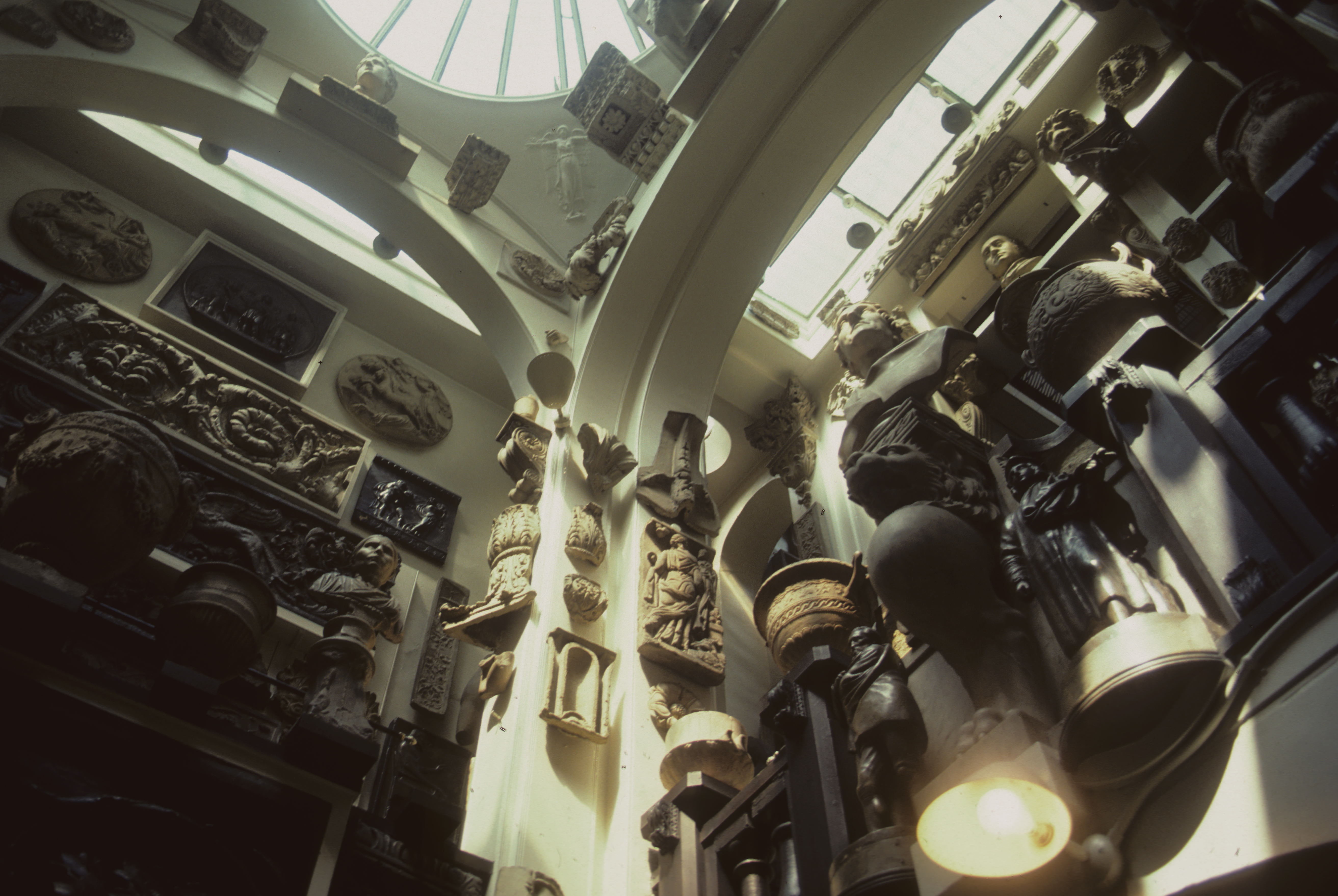|
Aynhoe Park
Aynhoe Park, is a 17th-century country estate consisting of land and buildings that were rebuilt after the English Civil War on the southern edge of the stone-built village of Aynho, Northamptonshire, England. It overlooks the Cherwell valley that divides Northamptonshire from Oxfordshire. The core buildings represent four architectural periods: Jacobean, Carolean and both the early 18th and 19th centuries. The estate has been owned by Restoration Hardware since 2020. It has been listed Grade I on the National Heritage List for England since September 1953. Its wider grounds form part of a Grade II listed 'Park and Garden'. History The estate was purchased in the 17th century by John Cartwright, but the house he built in 1615 was seriously damaged during the Civil War by Royalist forces following the Battle of Naseby. It was rebuilt after the Civil War to the design of Edward Marshall, master mason in Charles II's Office of Works. In 1707, Thomas Cartwright employed Thomas ... [...More Info...] [...Related Items...] OR: [Wikipedia] [Google] [Baidu] |
Office Of Works
The Office of Works was established in the England, English Royal Household, royal household in 1378 to oversee the building and maintenance of the royal castles and residences. In 1832 it became the Works Department forces within the Office of Woods, Forests, Land Revenues, Works and Buildings. It was reconstituted as a government department in 1851 and became part of the Ministry of Works (United Kingdom), Ministry of Works in 1940. The organisation of the office varied; senior posts included Surveyor of the King's Works (1578–1782) and Comptroller of the King's Works (1423–1782). In 1782 these offices were merged into Surveyor-General and Comptroller. From 1761 there were named Architects. The office also had posts of Secretary, Master Mason and Master Carpenter. After James Wyatt, James Wyatt's death in 1813 a non-professional Surveyor-General was appointed: Major-General Sir Benjamin C. Stephenson, Benjamin Stephenson. He was assisted by three "Attached Architects": S ... [...More Info...] [...Related Items...] OR: [Wikipedia] [Google] [Baidu] |
Health Spa
A health club (also known as a fitness club, fitness center, health spa, and commonly referred to as a gym) is a place that houses exercise equipment for the purpose of physical exercise. In recent years, the number of fitness and health services have increased, expanding the interest among the population. Today, health clubs and fitness centers are a reference of health services, rising the adherence to physical activity. Facilities and services Main workout area Most health clubs have a main workout area, which primarily consists of free weights including dumbbells and barbells and the stands and benches used with these items and exercise machines, which use gears, cables and other mechanisms to guide the user's exercise. This area often includes mirrors so that exercisers can monitor and maintain correct posture during their workout. A gym that predominantly or exclusively consists of free weights (dumbbells and barbells), as opposed to exercise machines, is sometimes ... [...More Info...] [...Related Items...] OR: [Wikipedia] [Google] [Baidu] |
En Suite
A bathroom or washroom is a room, typically in a home or other residential building, that contains either a bathtub or a shower (or both). The inclusion of a wash basin is common. In some parts of the world e.g. India, a toilet is typically included in the bathroom; in others, the toilet is typically given a dedicated room separate from the one allocated for personal hygiene activities. In North American English the word 'bathroom' is sometimes used to refer to any room in a residence that contains a toilet, regardless of the inclusion of a bath or shower. Historically, bathing was often a collective activity, which took place in public baths. In some countries the shared social aspect of cleansing the body is still important, as for example with '' sento'' in Japan and the "Turkish bath" (also known by other names) throughout the Islamic world. Variations and terminology The term for the place used to clean the body varies around the English-speaking world, as does the ... [...More Info...] [...Related Items...] OR: [Wikipedia] [Google] [Baidu] |
Fantazia (rave Music Promoter)
Fantazia was a rave music promoter based in the United Kingdom. It was founded in 1991 by James Perkins, Gideon Dawson & Chris Griffin, and held a number of seminal raves at the height of the breakbeat hardcore scene. Fantazia first held a rave at Coventry's Eclipse nightclub, but would soon become best known for its large outdoor events. * ''Fantazia New Year Eve'' (31 December 1991 – 1 January 1992) at Westpoint Exhibition Centre, near Exeter (10,000 people). * ''Second Sight'' (22 February 1992) at Westpoint Centre, Exeter (8,000 people). * ''Summertime'' (15 May 1992) at Matchams Park Stadium, Bournemouth (16,000 people). * ''One Step Beyond'' (25 July 1992) at Donington Park (28,000 people). * ''Fantazia New Years Eve'' (31 December 1992 – 1 January 1993)) at Littlecote House (near Hungerford, Berks) (16,000 people). By 1993, Fantazia hosted club night tours across the UK. Its biggest event that year was ''The Big Bang'' at Glasgow's SECC Centre in November. In addi ... [...More Info...] [...Related Items...] OR: [Wikipedia] [Google] [Baidu] |
Stately Homes
An English country house is a large house or mansion in the English countryside. Such houses were often owned by individuals who also owned a town house. This allowed them to spend time in the country and in the city—hence, for these people, the term distinguished between town and country. However, the term also encompasses houses that were, and often still are, the full-time residence for the landed gentry who ruled rural Britain until the Reform Act 1832. Frequently, the formal business of the counties was transacted in these country houses, having functional antecedents in manor houses. With large numbers of indoor and outdoor staff, country houses were important as places of employment for many rural communities. In turn, until the agricultural depressions of the 1870s, the estates, of which country houses were the hub, provided their owners with incomes. However, the late 19th and early 20th centuries were the swansong of the traditional English country house lifestyle ... [...More Info...] [...Related Items...] OR: [Wikipedia] [Google] [Baidu] |
Country Houses Association
The Country Houses Association (CHA) was a British charity (a friendly society with charitable status) that converted country houses into retirement flats and maintained them from 1955 until its liquidation in 2004. History The Country Houses Association Ltd was an Industrial and Provident Society formed in 1955 by Rear Admiral Greathed, originally called the Mutual Households Association (MHA). Its stated aim was to preserve historic buildings for the benefit of the nation where those buildings were too large to support single household accommodation. During its lifetime, the Association acquired nine large country houses, and restored and preserved them until their sale in 2002–4. During their ownership by the Association, all the houses were converted into retirement apartments, with communal dining and drawing rooms, with the rental income helping to pay for the house's extensive renovations and repairs (residents also paid deposits of up to £140,000). The houses were ope ... [...More Info...] [...Related Items...] OR: [Wikipedia] [Google] [Baidu] |
Country Life (magazine)
''Country Life'' is a British weekly perfect-bound glossy magazine that is published by Future plc. It was based in London at 110 Southwark Street until March 2016, when it became based in Farnborough, Hampshire. History ''Country Life'' was launched in 1897, incorporating ''Racing Illustrated''. At this time it was owned by Edward Hudson, the owner of Lindisfarne Castle and various Lutyens-designed houses including The Deanery in Sonning; in partnership with George Newnes Ltd (in 1905 Hudson bought out Newnes). At that time golf and racing served as its main content, as well as the property coverage, initially of manorial estates, which is still such a large part of the magazine. Elizabeth Bowes-Lyon, the late Queen Mother, used to appear frequently on its front cover. Now the magazine covers a range of subjects in depth, from gardens and gardening to country house architecture, fine art and books, and property to rural issues, luxury products and interiors. The fr ... [...More Info...] [...Related Items...] OR: [Wikipedia] [Google] [Baidu] |
Justice Of The Peace
A justice of the peace (JP) is a judicial officer of a lower or ''puisne'' court, elected or appointed by means of a commission ( letters patent) to keep the peace. In past centuries the term commissioner of the peace was often used with the same meaning. Depending on the jurisdiction, such justices dispense summary justice or merely deal with local administrative applications in common law jurisdictions. Justices of the peace are appointed or elected from the citizens of the jurisdiction in which they serve, and are (or were) usually not required to have any formal legal education in order to qualify for the office. Some jurisdictions have varying forms of training for JPs. History In 1195, Richard I ("the Lionheart") of England and his Minister Hubert Walter commissioned certain knights to preserve the peace in unruly areas. They were responsible to the King in ensuring that the law was upheld and preserving the " King's peace". Therefore, they were known as "keepers of th ... [...More Info...] [...Related Items...] OR: [Wikipedia] [Google] [Baidu] |
William Forlonge
William Jack Forlonge (15 May 1813 – 15 September 1890) was a pastoralist and politician in colonial Victoria and New South Wales, a member of the Victorian Legislative Council, the Victorian Legislative Assembly and the New South Wales Legislative Assembly. Early life Forlonge was born in Glasgow, Scotland, the son of John and Eliza Forlonge. John Forlonge (died 1834) was a merchant in Glasgow and decided to send his two surviving sons to New South Wales, several of his children having earlier died from tuberculosis. William Forlonge, his brother Andrew and their mother went to Leipzig with his mother in 1826 where William worked in a wool sorting house for three years. John joined his family in 1828. Eliza chose 98 Saxon sheep from studs, then she and her sons drove them to Hamburg. The sheep were shipped to Hull and were driven from there to Liverpool where they sailed, with William, for Sydney in the ''Clansman''. Colonial Australia William Forlonge arrived in Hobart Town, ... [...More Info...] [...Related Items...] OR: [Wikipedia] [Google] [Baidu] |
Capability Brown
Lancelot Brown (born c. 1715–16, baptised 30 August 1716 – 6 February 1783), more commonly known as Capability Brown, was an English gardener and landscape architect, who remains the most famous figure in the history of the English landscape garden style. He is remembered as "the last of the great English 18th-century artists to be accorded his due" and "England's greatest gardener". Unlike other architects including William Kent, he was a hands-on gardener and provided his clients with a full turnkey service, designing the gardens and park, and then managing their landscaping and planting. He is most famous for the landscaped parks of English country houses, many of which have survived reasonably intact. However, he also included in his plans "pleasure gardens" with flower gardens and the new shrubberies, usually placed where they would not obstruct the views across the park of and from the main facades of the house. Few of his plantings of "pleasure gardens" have s ... [...More Info...] [...Related Items...] OR: [Wikipedia] [Google] [Baidu] |
Sir John Soane's Museum
Sir John Soane's Museum is a house museum, located next to Lincoln's Inn Fields in Holborn, London, which was formerly the home of neo-classical architect, John Soane. It holds many drawings and architectural models of Soane's projects, and a large collection of paintings, sculptures, drawings and antiquities that he acquired over many years. The museum was established during Soane's own lifetime by a Private Act of Parliament in 1833, which took effect on his death in 1837. Soane engaged in this lengthy parliamentary campaign in order to disinherit his son, whom he disliked intensely. The act stipulated that on Soane's death his house and collections would pass into the care of a Board of Trustees, acting on behalf of the nation, and that they would be preserved as nearly as possible exactly in the state they were at his death. The museum's trustees remained completely independent, relying only on Soane's original endowment, until 1947. Since then, the museum has received an ... [...More Info...] [...Related Items...] OR: [Wikipedia] [Google] [Baidu] |




.jpg)



